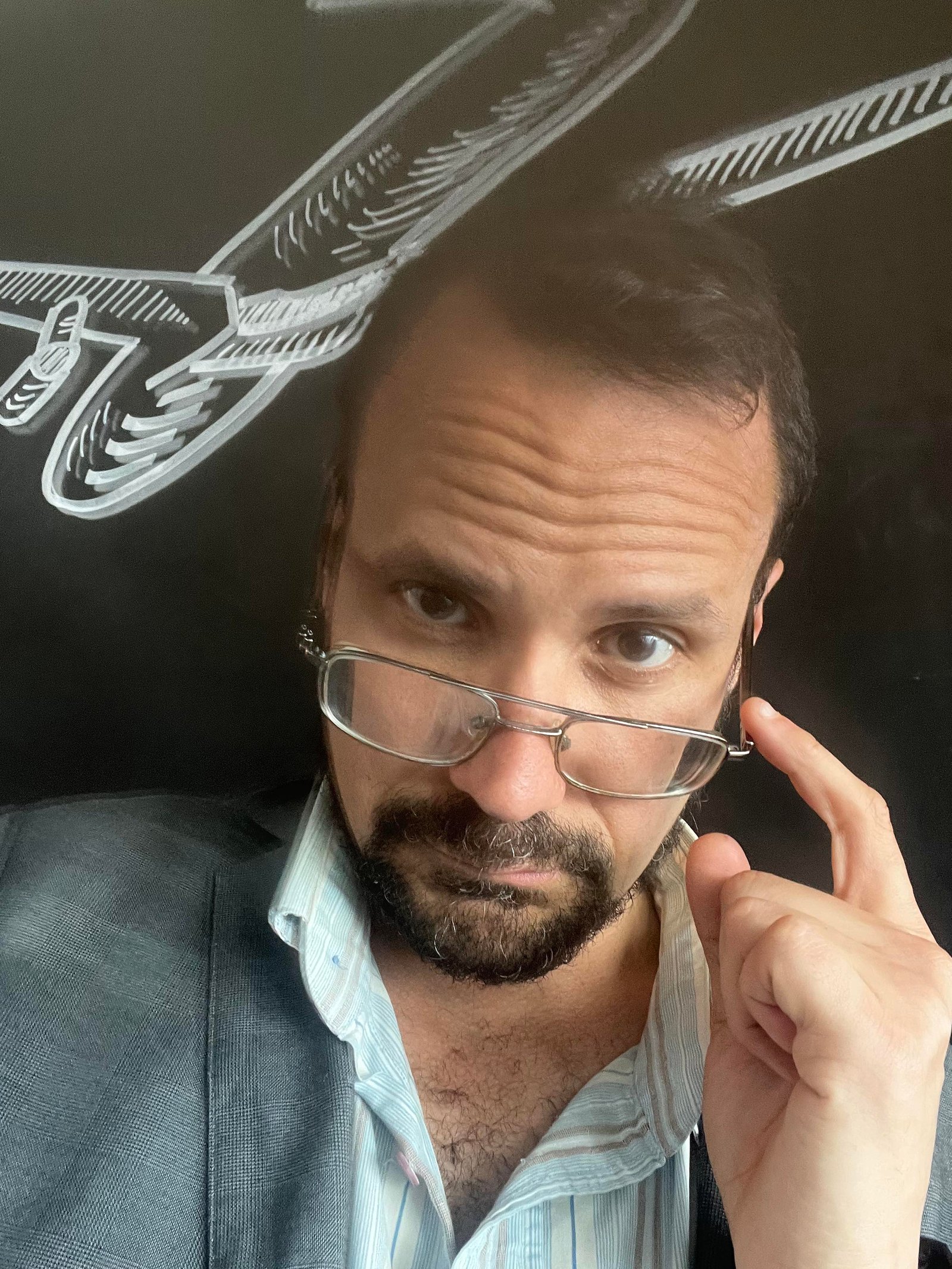



QUICK AND DIRTY: LIVE FROM SAN SEBASTIAN
Thierry Frémaux is best remembered as the artistic director of the world’s most prestigious film festival, which takes place every May in the French Riviera. But he’s also a filmmaker. In 2017, he directed Lumière! a tribute to the Lumiere brothers and a love letter to the seventh art, made entirely from archive footage from the first decade of the history of cinema (between 1895 and 1905). He now resumes his work with a loose sequel entitled Lumiere! The Adventure Continues.
This 103-minute documentary contains more than 100 50-second films captured by Louis and Auguste Lumiere, supported by Fremaut’s tender and didactic narration. This voice is warm and gentle, real music to the ears of history enthusiasts and film-lovers. His eloquent musings are supported by Gabriel Faure’s score, the French composer and organist of the Lumieres’ prefeference. The quality of the images is impressive, in unequivocal evidence of successful archiving and restoration efforts over the course of nearly 130 years. He crucially asserts that cinema elevated the human gazer to a brand new level, allowing people to contemplate reality from an unforeseen pespective.
Some of the films are immediately recognisable, such at The Arrival of the Train and Leaving the Factory (both from 1895), which became synonymous with the genesis of film. We learn that Louis and Auguste’s father Antoine played a pivotal role in the creation and also in the dissemination of the cinematograph, the first film camera in history. The objective was to write motion, as the etymology of the word suggests (“cinema” means “movement”, while “graph” indicates “writing”). Alongside with movement, the devices captured and fossilised behaviour, tradition and sentiment. The short films exuded innocence and candour, at a time when the world mostly enjoyed peace (at least in France, and according to our French director and scriptwriter).
Most of the short films are captured in Paris and Lyon, where the two pioneering brothers were brought up. People carry on with their lives as normal as horses, rickshaws and trains cross the city. Children do acrobatics. Magicians and mimes show their tricks. Toddlers engage in a vicious fight over a spoon. A cat falls from the window ledge. Snippets of real life, with little to no staging. The only exceptions are a simple attempt at metalanguage (the camera captures the cameraman, known then as “operator”) and a brief enactment of Nero’s poisoning. This is long before the concepts of montage and narrative were established.
Images in other parts of the planet reveal the diversity of cultures. There are many films in Japan, as France was experiencing a wave of Japanism. There are also images of Algeria, Italy, Germany, Spain, Prague (then in the Kingdom of Bohemia), the United States , and even an unidentified Caribbean location. While recognising that the Land of the Free eventually became the world’s most prominent film producer, Fremaux also notes that the Lumiere brothers were rushed out of the country due to a patent feud with Thomas Edison, their most powerful competitor. Strangely, there is not one single image of the United Kingdom and also of Russia.
Technical wizardry consisted of playing the film on reverse and or in slow motion. The speed of the movement was contingent on the how fast the operator turned the crank. This terminology made it to the present day, at least in some languages: while in English you “shoot” a film, in French and Spanish your “turn” it (“tourner un film”, “rodar una película”). Frémaux is respectful of the autonomy of each short film, and does not attempt to forge a story line. Instead, he inserts countless pregnant pauses, allowing the unique pieces to shine in their own magnificence.
On the other hand, Frémaux connects the films to the past and also to the future. We learn that the trains were possibly inspired by the paintings of William Turner, and some of the films were infused with Manet’s urban sensibility. And he speculates that Jean Vigo, Yasujiro Ozu, Abbas Kiarostami and even Francis Ford Coppola were influenced by specific Lumiere ilms, crafting his own detailed theories. Renoir is the only name that belongs in the past and in the future: impressionist painter Pierre-Auguste Renoir may have impacted the Lumiere Brothers, while his filmmaking son Jean Renoir may have been influenced by their work.
This is fitting tribute to the seventh art, authored by a man who shares his nationality with the legitimate creators. A sneak peek into a time of technological enthusiasm and linguistic casualness. A time when film wasn’t recognised as art, yet it boasted the creative qualities required in order to entertain, inspire and provoke audiences.
Lumiere! The Adventure Continues just premiered in the 72nd San Sebastian International Film Festival.





















